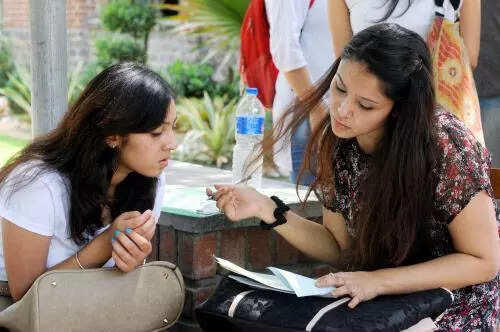CBSE to unveil landmark monograph celebrating India’s unmatched mathematical heritage
By Administrator | Education | 12-Aug-2025 18:12:23

News Story
The Central Board of Secondary Education (CBSE) is preparing to release a first-of-its-kind academic monograph — Bharatiya Ganit Parampara — that will spotlight India’s extraordinary contributions to mathematics across millennia.
Approved by the CBSE governing body, the 150–175-page volume aims to
integrate India’s mathematical genius into the national curriculum in keeping
with the vision of the National Education Policy (NEP) 2020.
From vedic geometry to modern
calculus
The monograph will trace a
continuous arc of innovation from the Sulba
Sutras and Aryabhata’s Aryabhatiya, to Brahmagupta’s Brahmasphutasiddhanta and Bhaskara’s Lilavati,
culminating in the Kerala School’s trailblazing work on calculus centuries
before its formalisation in Europe. Presented in both digital and print
formats, it will serve as a scholarly yet accessible resource for students,
teachers, and institutions across the country.
Rigor, authenticity, and engagement
Developed through a selected
academic partner, the work will combine historical narrative with practical
applications in astronomy, architecture, commerce, and education. Original
Sanskrit shlokas with translations, biographical sketches, timelines, and vivid
illustrations will ensure authenticity while capturing the imagination of
learners.
Expert guidance and strategic
funding
A high-level advisory committee
comprising historians of mathematics, Sanskrit scholars, and education experts
will shape the content to ensure both scholarly precision and pedagogical
impact. Funded through CBSE’s curriculum research budget, the project
underscores the board’s commitment to creating culturally grounded yet globally
relevant study materials.
A bridge between heritage and modern
learning
By embedding India’s mathematical
traditions into mainstream education, CBSE hopes to instill pride in the
country’s intellectual legacy while inspiring future innovation. For students
and educators alike, Bharatiya Ganit
Parampara promises not just a look back at history, but a renewed
understanding of how India’s numerical brilliance shaped the world.